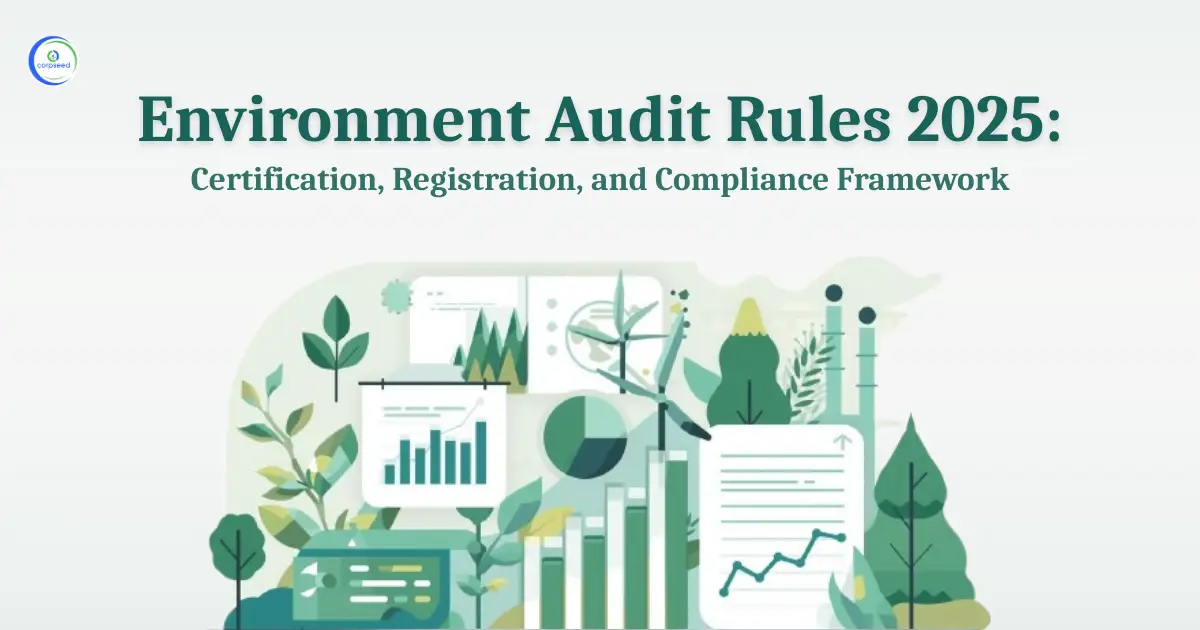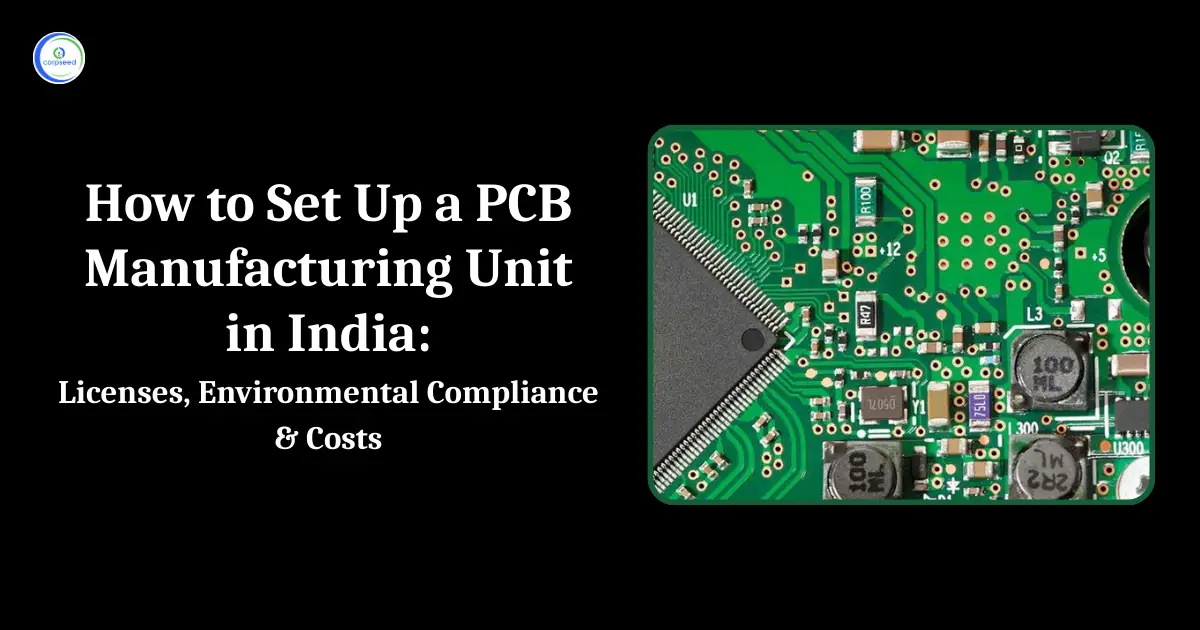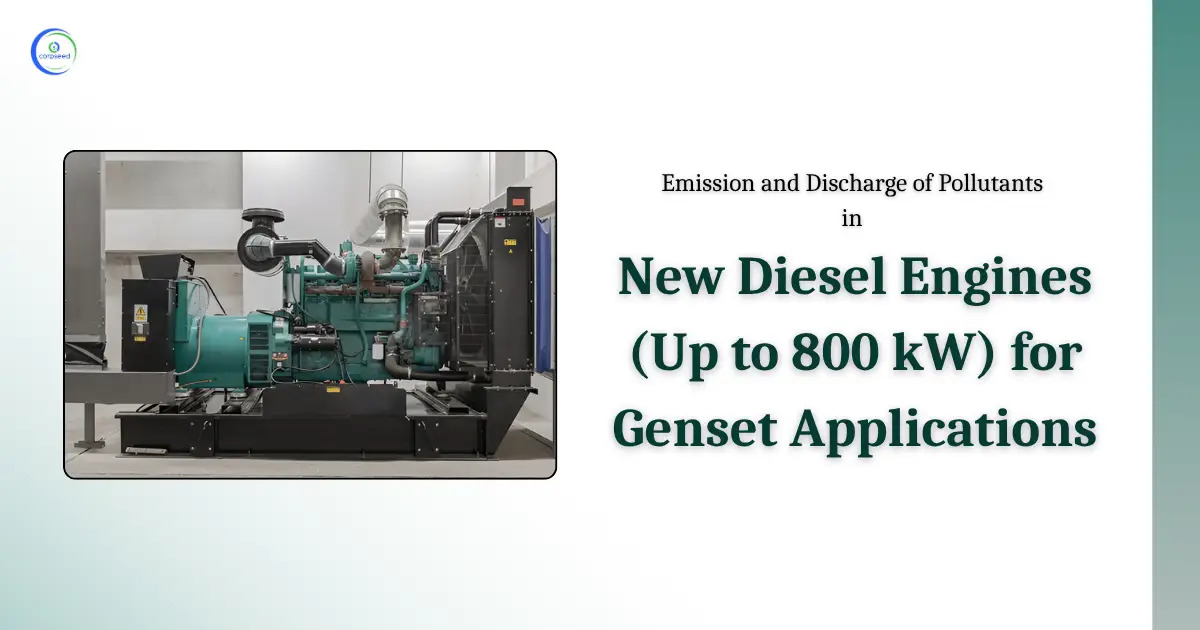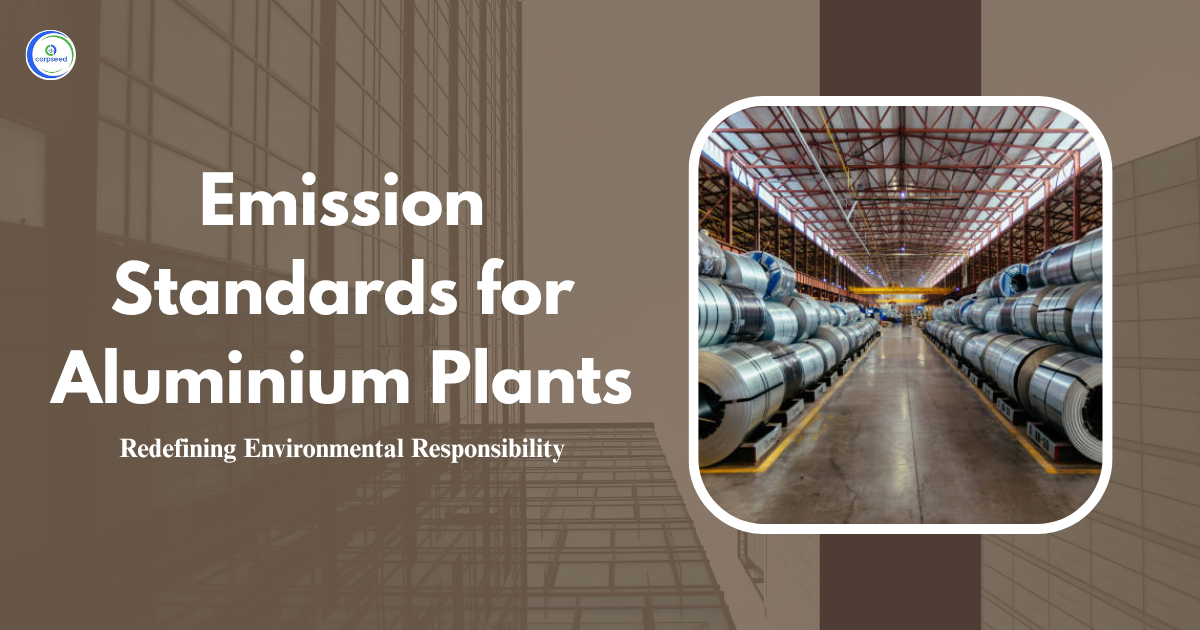Coal mining is crucial for global energy requirements but carries significant environmental and health risks. Emissions such as dust, particles and gases can harm air quality and public health. To reduce these impacts, regulatory authorities have compiled stringent emission standards, ensuring that mining operations are sustainable and reducing harm to both the environment and neighbouring communities.
Table of Contents
Benefits of Emission Standards in Coal Mining
Implementing stricter emissions and emissions standards brings numerous benefits to both the environment and society. Some of the key benefits include:
- Improved Air and Water Quality: Compliance with air and effluent standards helps enhance overall environmental quality by minimizing harmful emissions and pollutants.
- Public Health Protection: By reducing emissions of harmful particulate matter and toxic gases, these standards protect the health of nearby communities, mitigating respiratory diseases, cardiovascular disease, and other health risks.
- Sustainable Mining Practices: These standards encourage the adoption of cleaner technologies and operational practices in coal mining, resulting in long-term sustainability.
- Regulatory Compliance: By meeting these standards, coal mines minimize the risk of fines, closures, or legal problems, confirming smooth operations and better community relations.
--------------Blog Contact Form-------------
Key Standards for Emission and Discharge of Environmental Pollutants in Coal Mines
The coal mining industry is a key contributor to environmental pollutants. The government and environmental bodies have established guidelines to regulate the emission of pollutants such as Suspended Particulate Matter (SPM), Sulphur Dioxide (SO2), Nitrogen Oxides (NOx), and other toxic substances. These guidelines are designed to mitigate the adverse effects of coal mining on both the environment and the communities that surround mining operations.
- Air Quality Standards for Coal Mines: The most pressing pollutant concern from coal mining operations is air pollution, primarily due to dust generation. To regulate the amount of particulate matter in the air, the government has set standards for the concentration of key pollutants at a distance of 500 meters downwind from these dust-generating activities. These pollutants include Suspended Particulate Matter (SPM), Respirable Particulate Matter (RPM), Sulphur Dioxide (SO2), and Nitrogen Oxides (NOx). The concentrations of these pollutants must not exceed the limits set out in national guidelines.
Sources of dust in coal mines include:
- Loading or unloading areas
- Haul roads
- Coal transportation roads
- Coal Handling Plants (CHP)
- Blasting and drilling activities
- Overburden dumps
- Railway sliding areas
- Coke ovens and other external dust-producing sources
| Category | Pollutant | Time weighted average | Concentration in Ambient Air | Method of Measurement |
| I New Coal Mines (Coal Mines commenced operation after the date of publication of this notification) |
Suspended Particulate Matter (SPM) | Annual Average * 24 hours ** | 360 µg/m3 500 µg/m |
- High Volume Sampling (Average flow rate not less than 1.1 m3 /min) |
| Respirable Particulate Matter (size less than 10 µm) (RPM) | Annual Average * 24 hours ** | 180 µg/m3 250 µg/m3 |
Respirable Particulate Matter sampling and analysis | |
| Sulphur Dioxide (SO2) | Annual Average * 24 hours ** | 80 µg/m3 120 µg/m3 |
- Improved west and Gaeke method - Ultraviolet fluorescene | |
| Oxide of Nitrogen as NO2 | Annual Average * 24 hours ** |
80 µg/m3 120 µg/m3 |
- Jacob & Hochheiser Modified (Na-Arsenic) Method - Gas phase Chemiluminescence |
|
| II Existing coal fields/mines given below: Karanpura, Ramgarh, Giridih, Rajhara, Wardha, Nagpur, Silewara, Pench Kanhan, Patharkhera, Umrer, Korba, Chirimiri, Central India Coalfields, (including Baikunthpur, Bisrampur), Singrauli, Ib Valley, Talcher, Godavary Valley and any other |
Suspended Particulate Matter (SPM) | Annual Average * 24 hours ** |
430 µg/m3 600 µg/m3 |
- High Volume Sampling (Average flow rate not less than 1.1 m 3 /minute) |
| Respirable Particulate Matter (size less than 10 µm) (RPM) | Annual Average * 24 hours ** |
215 µg/m3 300 µg/m3 |
Respirable Particulate Matter sampling and analysis | |
| Sulphur Dioxide (SO2) | Annual Average * 24 hours ** |
80 µg/m3 120 µg/m |
1.Improved west and Gaeke method 2.Ultraviolet fluorescene | |
| Oxide of Nitrogen as NO2 | Annual Average * 24 hours ** |
80 µg/m3 120 µg/m3 |
1. Jacob & Hochheiser Modified (NaArsenic) Method 2. Gas phase Chemiluminescence | |
| III Coal mines located in the coal fields of • Jharia • Raniganj • Bokaro |
Suspended Particulate Matter (SPM) | Annual Average * 24 hours ** |
500 µg/m3 700 µg/m3 |
- High Volume Sampling (Average flow rate not less than 1.1 m 3 /minute) |
| Respirable Particulate Matter (size less than 10 µm) (RPM) | Annual Average * 24 hours ** |
250 µg/m3 300 µg/m3 |
Respirable Particulate Matter sampling and analysis | |
| Sulphur Dioxide (SO2) | Annual Average * 24 hours ** |
80 µg/m3 120 µg/m |
1. Improved west and Gaeke method 2. Ultraviolet fluorescene |
|
| Oxide of Nitrogen as NO2 | Annual Average * 24 hours ** |
80 µg/m3 120 µg/m |
1. Jacob & Hochheiser Modified (NaArsenic) Method 2. Gas phase Chemiluminescence |
- Frequency of Air Quality Sampling: Air quality should be monitored regularly to ensure compliance with air pollution limits. The standard protocol includes:
- Fortnightly Monitoring: Air quality monitoring should be carried out once every two weeks in areas where coal mining activities occur.
- Adjusted Frequency: If monitoring reveals that pollutant levels are consistently lower than 50% of the specified standards for three consecutive months, sampling frequency can be reduced to once per quarter. However, if levels exceed the limits, the frequency of monitoring should be increased to twice a week.
- Effluent Standards for Coal Mines: In addition to air quality regulations, coal mining operations also need compliance with effluent discharge standards. Effluents are waste material that is normally discharged from the mining process. These emissions must be carefully controlled to prevent water pollution. The key standards for effluent discharge into sewers, streams, or land are:
| pH | 5.5 to 9.0 |
| Chemical Oxygen Demand (COD) | 250 mg/l |
| Total Suspended Solids (TSS) | 100 mg/l 200 mg/l (Land for irrigation) |
| Oil & Grease (O & G) (Monitoring frequency of these parameters shall be once in a fortnight) | 10 mg/l |
- Noise Level Standards for Coal Mines: Noise pollution is another important concern in coal mining. Blasting, drilling, transportation, and other activities can produce high levels of noise, affecting both workers and nearby communities. Noise level monitoring is required every fortnight. Coal mining operations must also comply with occupational noise exposure limits set by the Director General of Mines Safety (DGMS). The noise level standards are as follows:
- Daytime (6:00 AM to 10:00 PM): The maximum permissible noise level is 75 dB(A).
- Night time (10:00 PM to 6:00 AM): The maximum permissible noise level is 70 dB(A).
Occupational Safety and Worker Health
In addition to environmental regulations, coal mines need to meet specific health and safety standards to safeguard workers present on site. The Director General of Mines Safety (DGMS) establishes noise exposure limits for miners to prevent hearing loss and other health hazards. It is important for mining companies to confirm that workers are exposed to noise levels within safe limits and use personal protective equipment (PPE) where required.
Conclusion
As the global demand for coal continues to grow, it is essential to strike a balance between energy requirements and environmental responsibility. The standards for emission and discharge of pollutants in coal mines are designed to reduce the negative impacts of mining operations on both the environment and public health. By complying with these standards, coal mining operations can continue to supply the world with vital energy resources while guarding the air, water, and health of nearby communities. Regular monitoring and adherence with these guidelines will be key to confirming a sustainable and safe mining industry for the future.
By following these regulations, the coal mining industry can contribute to a cleaner, healthier environment and help fulfill national and global sustainability goals.
This portion of the site is for informational purposes only. The content is not legal advice. The statements and opinions are the expression of author, not corpseed, and have not been evaluated by corpseed for accuracy, completeness, or changes in the law.
BOOK A FREE CONSULTATION
Get help from an experienced legal adviser. Schedule your consultation at a time that works for you and it's absolutely FREE.







_Corpseed.webp)
.webp)
